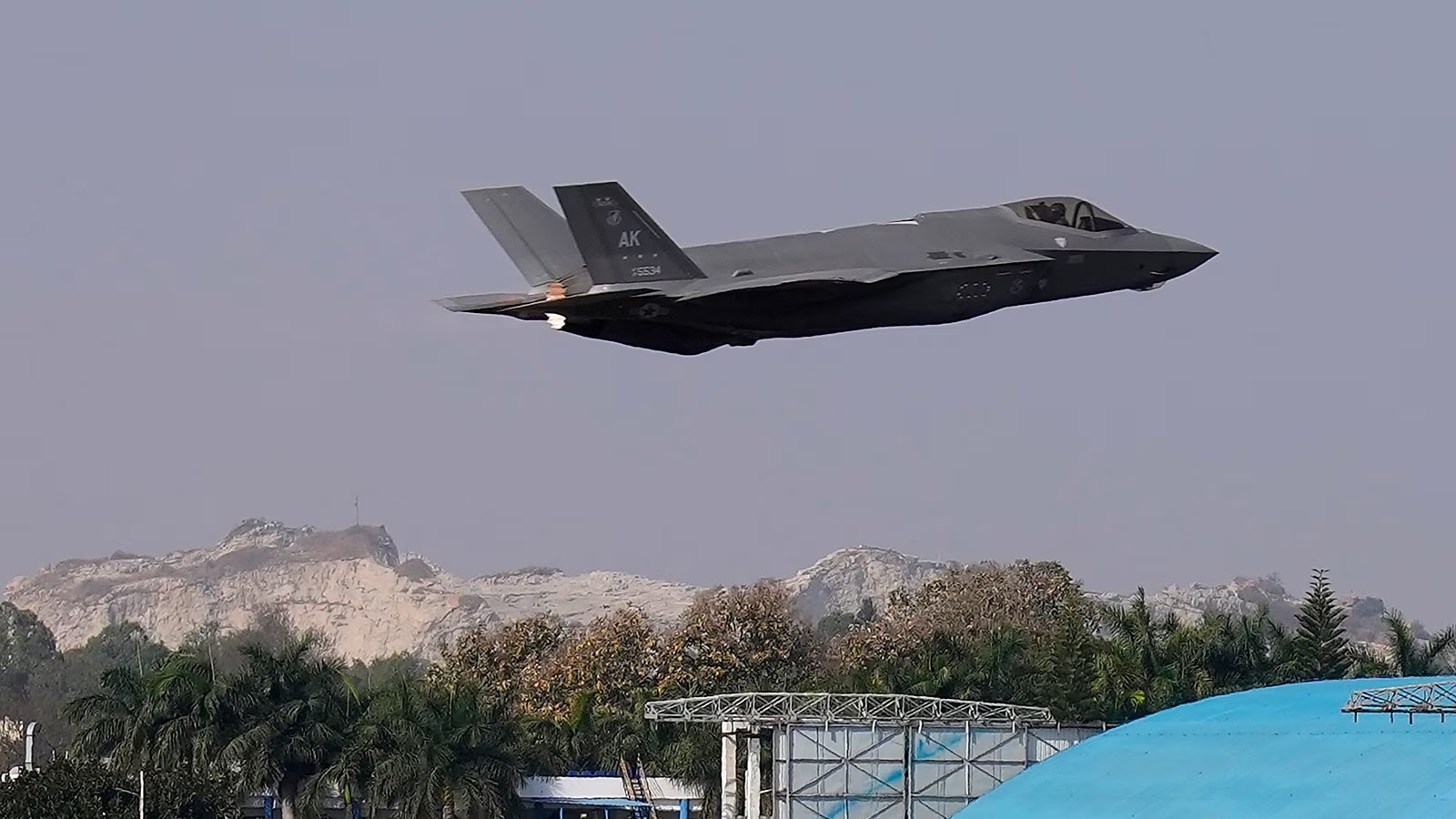A team of researchers has identified a new species of jumping spiders of the Spartaeinae subfamily in southern India, known for their intelligent hunting skills and web-invasion tactics.
According to researchers, this discovery possibly marks the first time that the genera Spartaeus and Sonoita (specific groups within subfamily), previously known only from Southeast Asia and Africa, have been found in India.
The research, led by John Caleb T.D. from Saveetha Medical College in Chennai, has introduced a new species named Spartaeus karigiri, after Karigiri, or Elephant Hill, in Devarayanadurga, Karnataka, where the spiders were first observed.
The male of this species was spotted hiding in crevices and rocky outcrops, while the female was found guarding an egg clutch in the wild. More specimens were also discovered in Tamil Nadu’s Villupuram district.
The study, published in the European Journal of Taxonomy on June 11, involved researchers from across India. Puthoor Pattammal Sudhin and Souvik Sen from the Zoological Survey of India documented the specimens through detailed drawings and imaging, while fieldwork was supported by B.G. Nisha from the Wildlife Aware Nature Club in Tumakuru, Gautam Kadam from Sacred Heart College in Cochin, Rajesh Sanap, naturalist and wildlife researcher, and Chinmay Maliye, wildlife enthusiast.
According to Mr. Caleb, the discovery holds particular significance because Spartaeus and Sonoita have never before been recorded in India. These spiders, part of the Salticidae family, are known for their keen eyesight and unique hunting methods, often deceiving other spiders by mimicking prey.
In addition, Sonoita cf. lightfooti, a species previously thought to be confined to Africa, was also identified in Karnataka. This raises questions about whether it is a natural range extension or an introduced population, said Mr. Caleb.
The study also resolved a longstanding taxonomic confusion. The species Marpissa gangasagarensis, described in 2005 from Gangasagar, West Bengal, was confirmed to be the same as Phaeacius fimbriatus, a species first described in 1900, following careful examination of historical museum specimens, the study noted.
With these findings, India’s spider fauna under the Spartaeinae subfamily has grown to 15 species across 10 genera. Despite these advancements, the study pointed out, much of India’s varied terrain remains under-studied, with many more species waiting to be uncovered.
Published - June 15, 2025 01:02 am IST



.png)
.png)
.png)
















 12 hours ago
3
12 hours ago
3










 English (US) ·
English (US) ·